The Hutson Sisters, Bombay’s answer to the Andrews Sisters, first appear in my archival material in November 1937, when they were featured on a late-night All India Radio programme. The hypercritical reviewer for The Times of India wasn’t exactly bowled over by their harmonies. Though they performed “some quite good jazz”, the reviewer had some reservations. He concluded, “I hope that the Hutson Sisters Variety Troupe…will in time reach the goal they are aiming at.”
It didn’t take long for Merlyn, Ailsa and Sybil Hutson, the daughters of a postal official, to work their way into the spotlight. Six months later, they had become part of the band assembled by the great African-American pianist Teddy Weatherford at the Taj and the Times was very impressed. “This band is composed of the best musical talent available in the country and has been rehearsing for a considerable time and will offer a musical extravaganza on their debut,” the paper predicted.
In 1940, the Hutson sisters made their first record, When, with a group called the Georgians of Bombay. Over the next few years they would cut at least half a dozen sides, with Teddy Weatherford’s band and with a group featuring the clarinet player Hal Green, pianist Sollo Jacobs and bassist Eddie Travasso.
I first came to know about the sisters when I read their names in the credits of the seminal compilation Jazz and Hot Dance in India: 1926-1944. It contains a recording by the trio called So Long Sarah Jane, backed by the Teddy Weatherford band. The song had been featured in a Hollywood film called I Dood It. Like so many swing tunes recorded in India at the time, the song was about a soldier who was on his way to the war front. (In the movie, the So Long Sarah Jane sequence featured the actress Eleanor Powell doing the Western rope dance, an elaborate bit of choreography involving lassoes and sundry bits of rope. During rehearsals, Powell had tripped herself on a lariat and knocked herself out.)
One recent morning, I went off to Mahim to meet with Veronica Balsara, daughter of Sybil Hutson, to listen to her stories. Balsara told me that her mother and sister had come into their own during World War II, when they performed frequently at shows organised by ENSA – the Entertainments National Service Association established to keep British troops in good cheer. This took the Hutson sisters all across India. (Note the red V for Victory signs on their costumes in the first photo, on top of the page. It was shot in Lahore.) During the course of these travels, Meryl Hutson met an American solider, married him and moved to the US. Her daughter, Carol Heyer, a respected writer and illustrator of 28 children’s books, sent me many of these photos.
Carol Heyer says that her mother set off her creative spark. “When we were in the garden, my mother always treated me as if I was a grown-up,” Heyer has written. “We’d pick an area in the back yard and she would smooth down the dirt for the faeries to dance on. Together, we’d look for leaves that were just skeletons, as these were the leaves the faeries made themselves, and thus were magical. Faerie clothes were made from rose petals, and their furniture from small twigs that we held together with shafts of grass or vine. Finally, when we’d finished preparation for their party, bread and cookie crumbs were left out for snacks. We’d include any little bead or bauble to attract them, as, of course, they only came at night to dance.”
Back in India, Sybil and Ailsa continued to perform together, sometimes calling in a Burmese friend name Tiny Ong to sing the parts Merlyn had once performed. “Mother was an artist and interior decorator,” Veronica Balsara recalled. “She could tell people how to rearrange a room to make it look fabulous without needing to buy anything new. She would buy battered furniture and restore it completely.”
The Hutsons were cousins to Maxine Steller (nee Taylor), who once sang with the Bombay outfit The Broadway Boys. “I was very young when we used to go to their wonderful parties and they took a fancy to me and asked Mum if they could take me to their concerts to sing,” Maxine Steller recalled. “I remember singing Over The Rainbow at the Bombay Townhall when I was about eight. Amongst my scraps I found a letter from their mother to mine, asking why I had missed a radio broadcast I was supposed to sing at. I was seven.”
The last mention I was able to find of the Hutson sisters in the archives was in 1952. At 10pm at Jan 5, they’re listed in the radio schedule for a performance with a rhythm section. Sadly, that programme seem to have gone unreviewed.


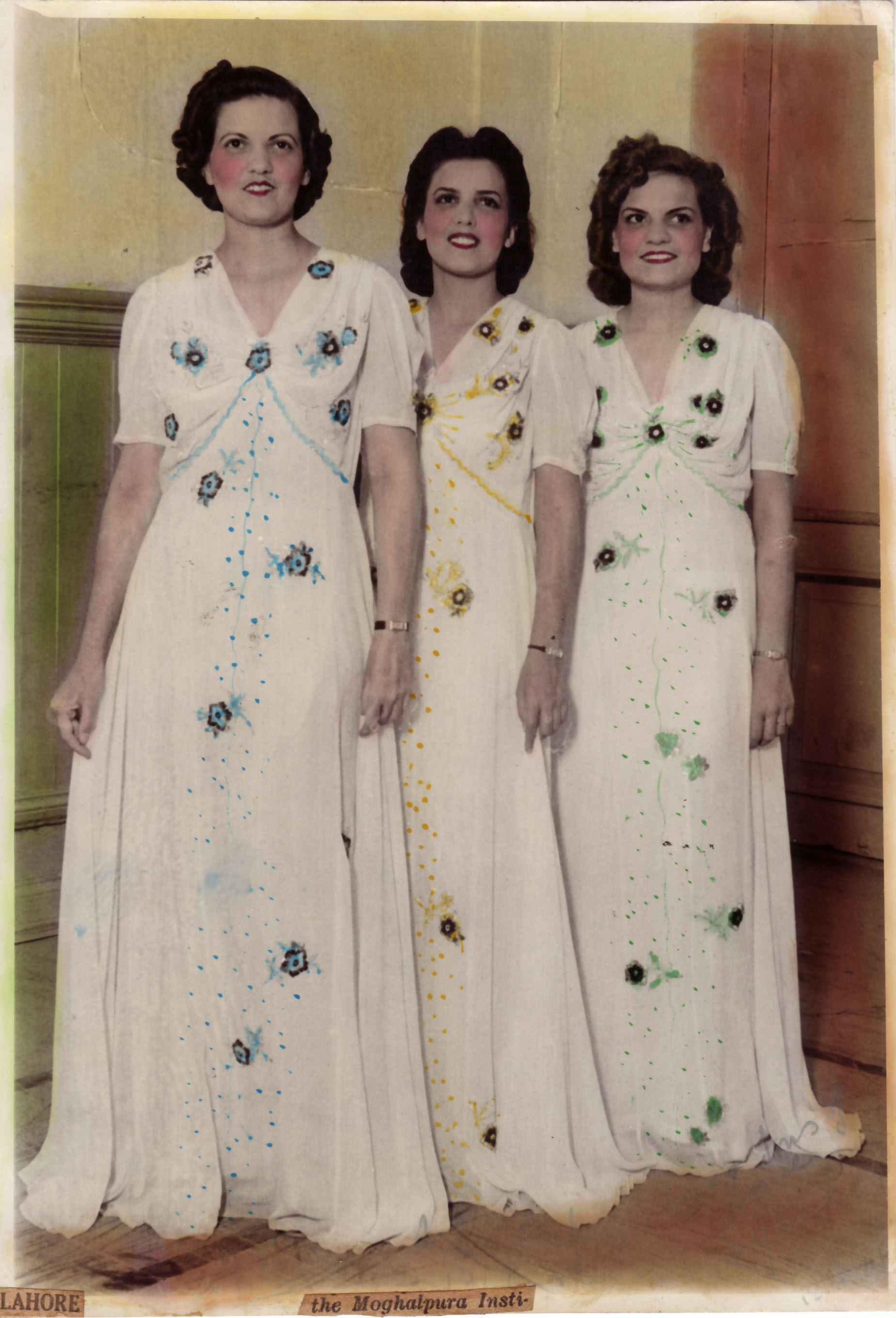
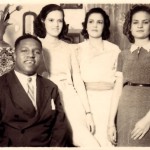
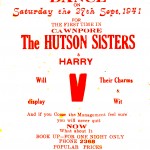
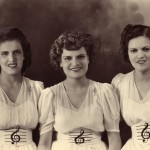
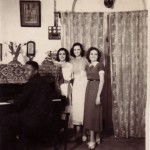
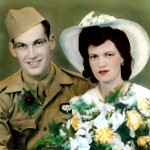
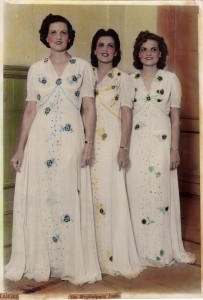
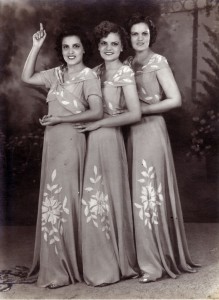
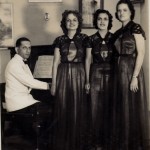
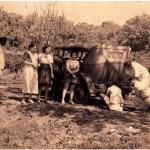
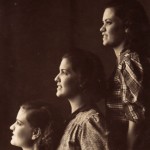
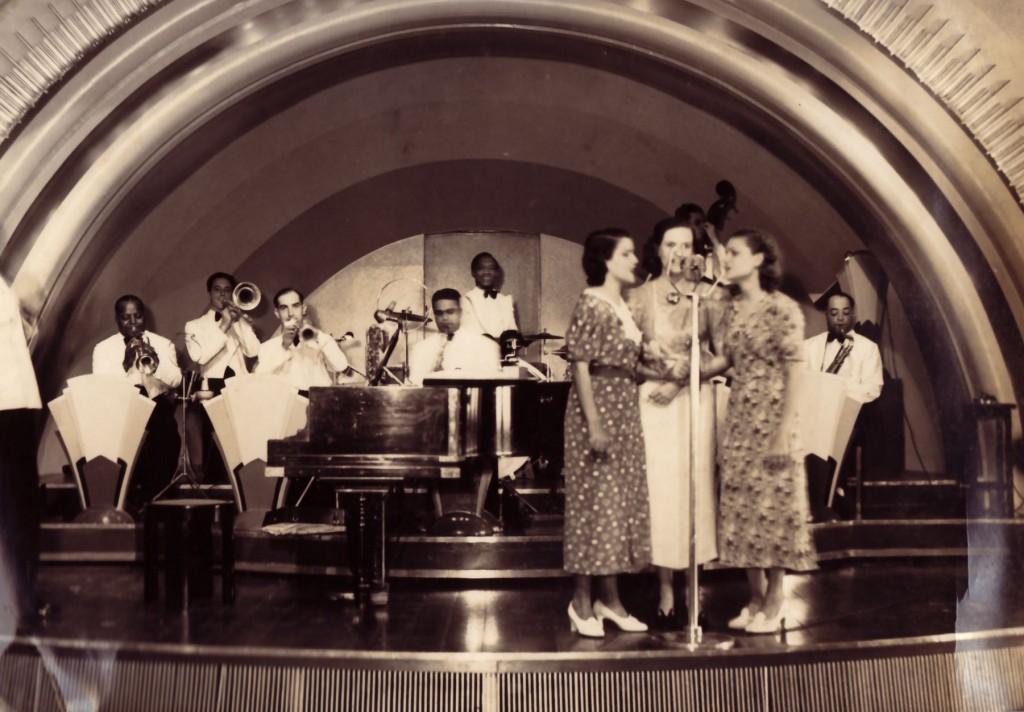
3 comments
Thanks again for an insight into family we never had a chance to know. Only thing is Harold Hutson Senior was a Captain in the British Indian army he was part of the Burma campaign, Intelligence Corps, medals to prove it, he had a desk job due to age and his postal office was to over see censorship of communications most likely correspondence etc.
Kind Regards
Carolyn Hughes
Thanks so much, Carolyn.
Hello Carolyn
I am the daughter of Harold Hutson Junior. I would love to connect with you. You know more than I do about my grandfather, are we related?
Hoping to hear from you
Cheers,
Wilda Hutson